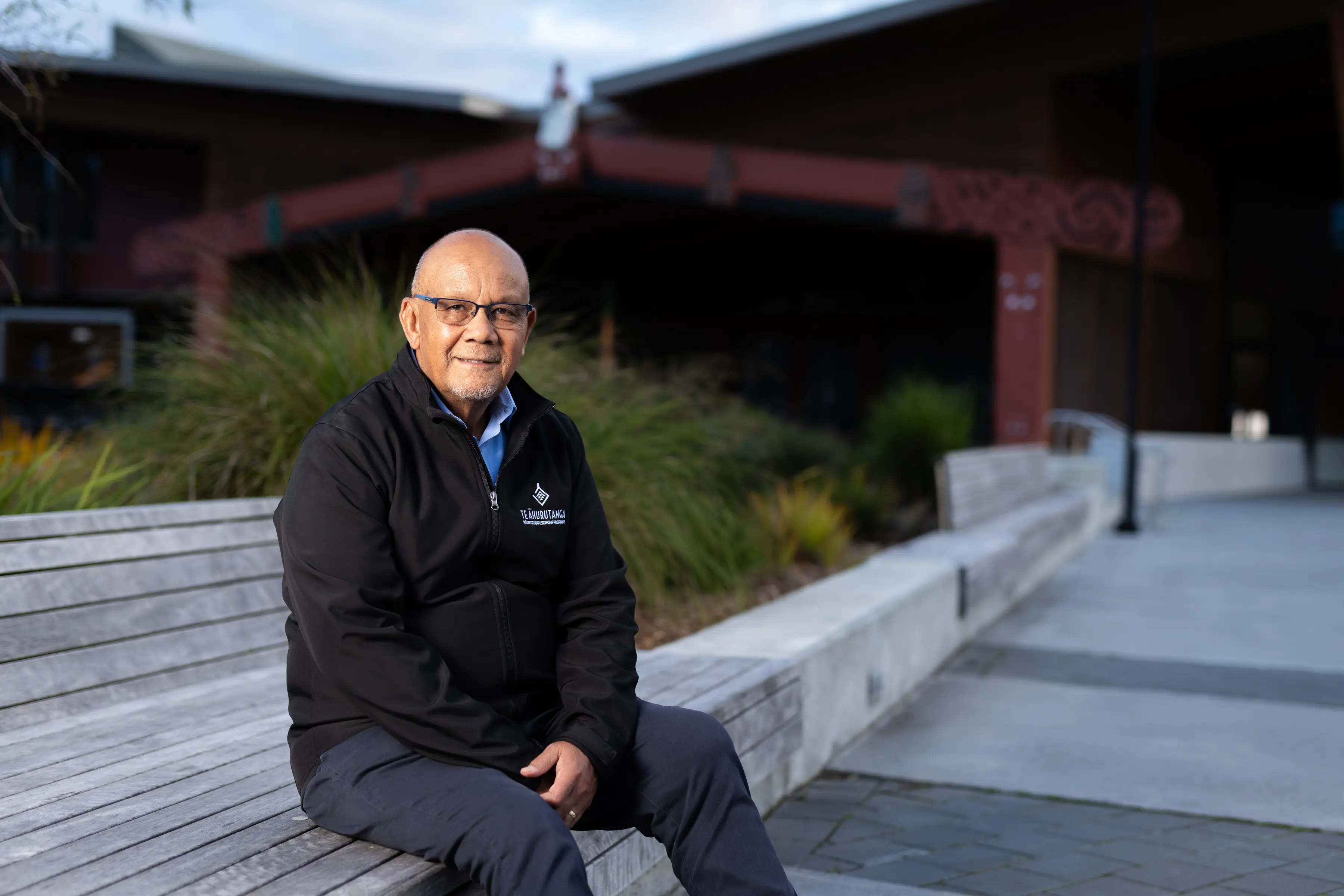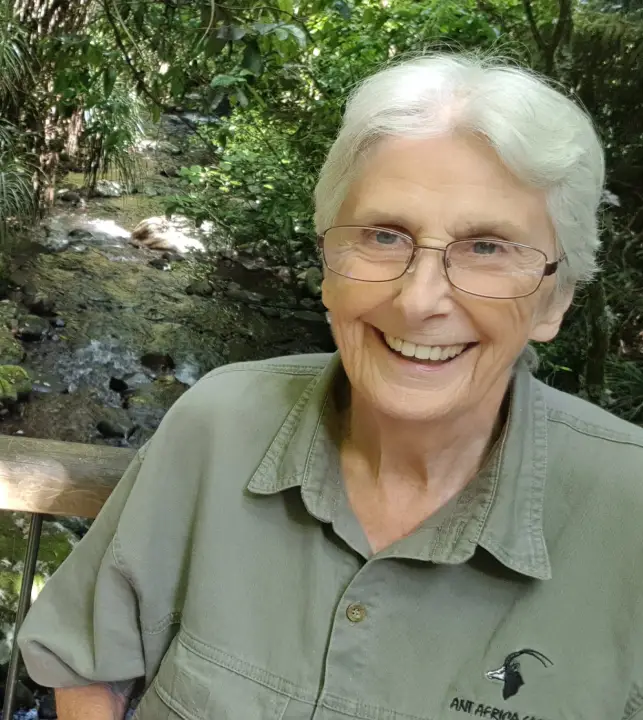Meridian and Contact Energy released a report by global consultants McKinsey & Co on Thursday, as they seek interest for what could be the world’s largest hydrogen plant in Southland. Their supply agreement with Aluminium Smelters for Tiwai Point comes to an end in late 2024.

The Meridian and Contact Energy supply agreement with Aluminium Smelters for Tiwai Point comes to an end in late 2024.
University of Waikato Associate Professor Earl Bardsley said the electricity generator’s plan was a flawed think-big project and it shouldn’t proceed without challenge.
“The nation is aiming to transition toward an electrified economy driven by renewable electricity. This will be facilitated when the agreement with Tiwai comes to an end in 2024,” he said.
Tiwai Point currently uses 13 percent of the nation’s electricity, supplied from the Manapouri Hydro Power Station.
“A Tiwai 2.0 industry will still suck up renewable electricity, simply replacing aluminium with hydrogen. That means we will need expensive construction of new generation capacity sooner if the green transition is to proceed,” he said.
The report by McKinsey & Co also used flawed logic claiming turning down the rate of hydrogen production would reduce dry year impacts, he said.
“The report uses flawed logic with respect to its claim that turning down the rate of hydrogen production in a large hydrogen plant gives a low-cost means to offset as much as 40 percent of the impact of a New Zealand dry year.”
If that were true, then New Zealand’s dry year supply issues could be avoided entirely by constructing three large hydrogen plants, he said.
“The concept of more power availability from reduced hydrogen production in a dry year is a distraction. The issue in a dry year is low river inflows into the hydro lakes. Shutting down hydrogen production is not going to make it rain. The best that can be hoped for is that the remaining water in the hydro lakes will last a little longer,” he said.
The report also raises an implication that enhanced hydrogen generation in spill years may offset dry years.
“This implies hydrogen storage for later electricity production. But as the report itself notes, there is at best a 25 percent efficiency when switching from electricity to hydrogen and back to electricity. Based on that hydrogen storage will never be an option in New Zealand for dry year mitigation.”
Associate Professor Bardsley said there were serious issues with the plan being put forward by Contact and Meridian and it shouldn’t be proceeding unquestioned.



